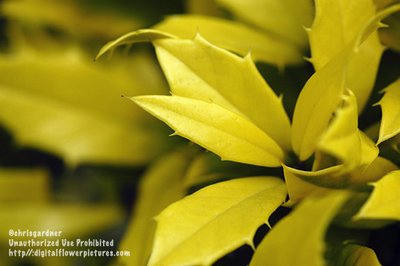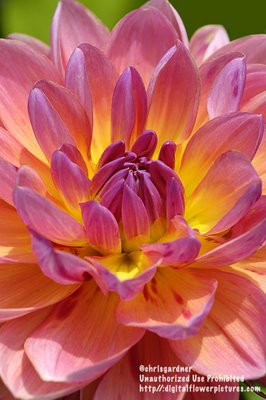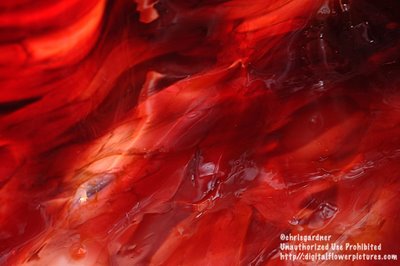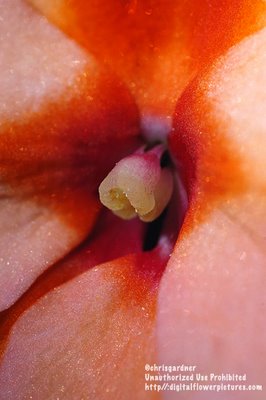
Balfour's Touch Me Not
Impatiens balfourii
(im-PAY-shuns) (bal-FOR-ee-eye)
This nice flower was growing at Polly Hill. It was a virtual carpet of color in kind of a rough shady area of the Arboretum. It certainly caught my eye and when I asked about it the person working there wasn’t sure what it was. I left my question and my email address for someone to get back to me and sure enough they did. Isn’t that what a part of gardening is all about, an exercise in sharing? They said the flower looks a lot like Jewelweed and I guess it does but it is all that and so much more.
Common Jewelweed (Impatiens capensis) is kind of a pest in the garden but ever since I saw some Hummingbirds visiting it I always leave some small patches around the edge of the garden. I probably couldn’t get rid of it if I tried. It is the only wildflower I have seen Hummingbirds attracted to. This plant looks like it self-seeds very easily. It is a very attractive flower and the foliage is okay. In some circles this plant is probably considered a weed. I wish all weeds were this nice. Since it starts easily from seed I think I will try some next year.
There are about 880 species of Impatiens in the Balsaminaceae family. Many are cultivated in the garden.





























